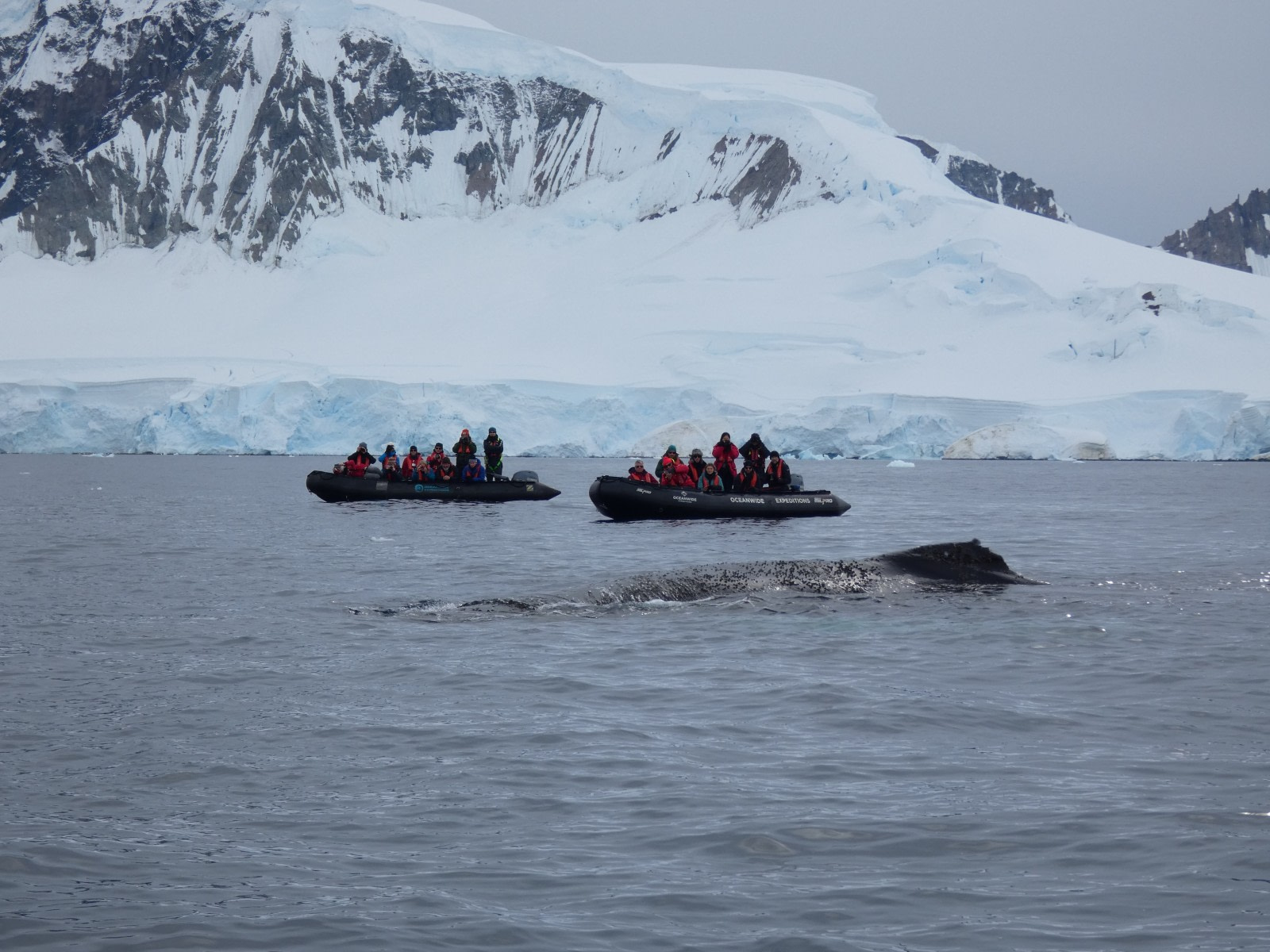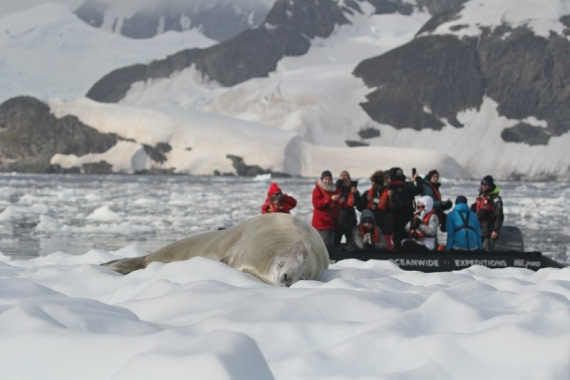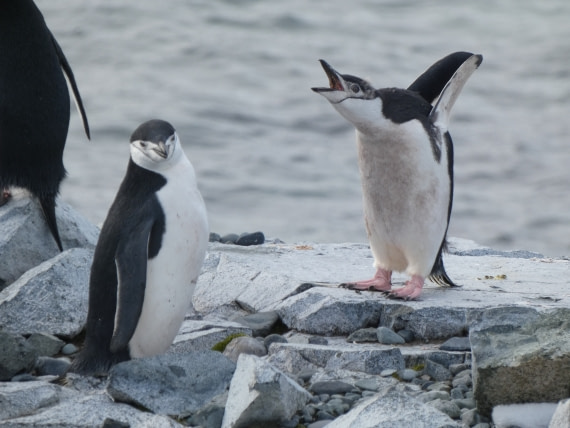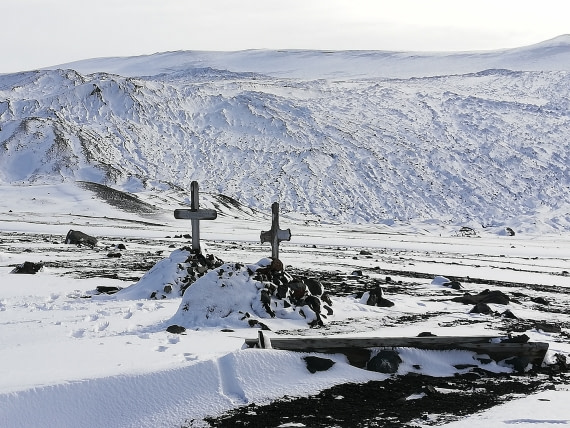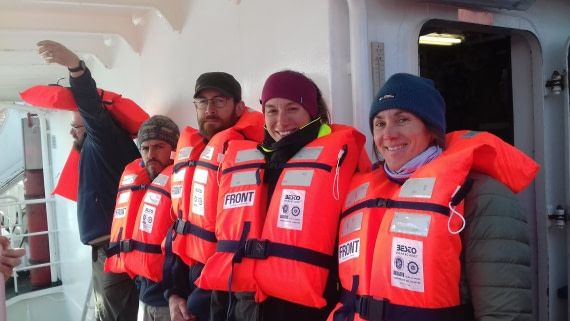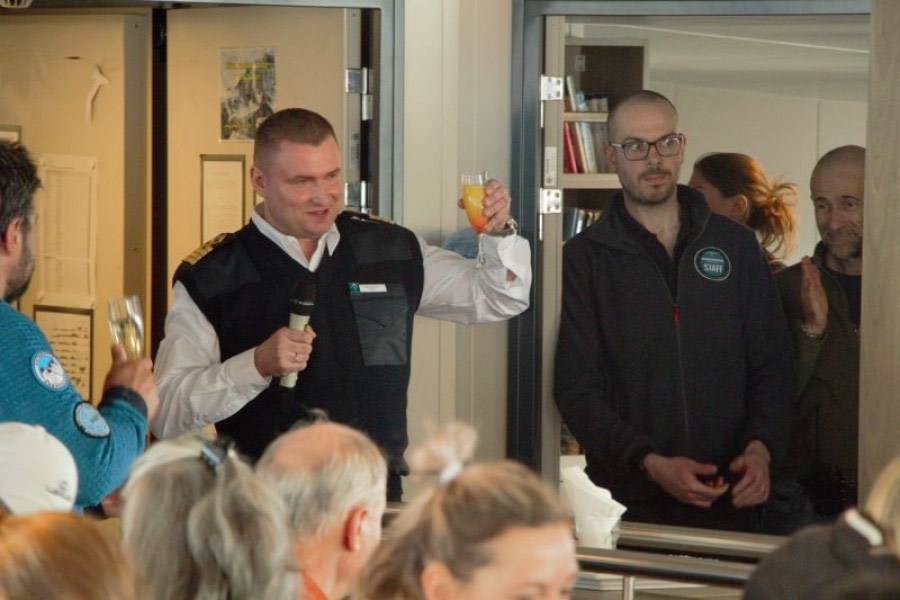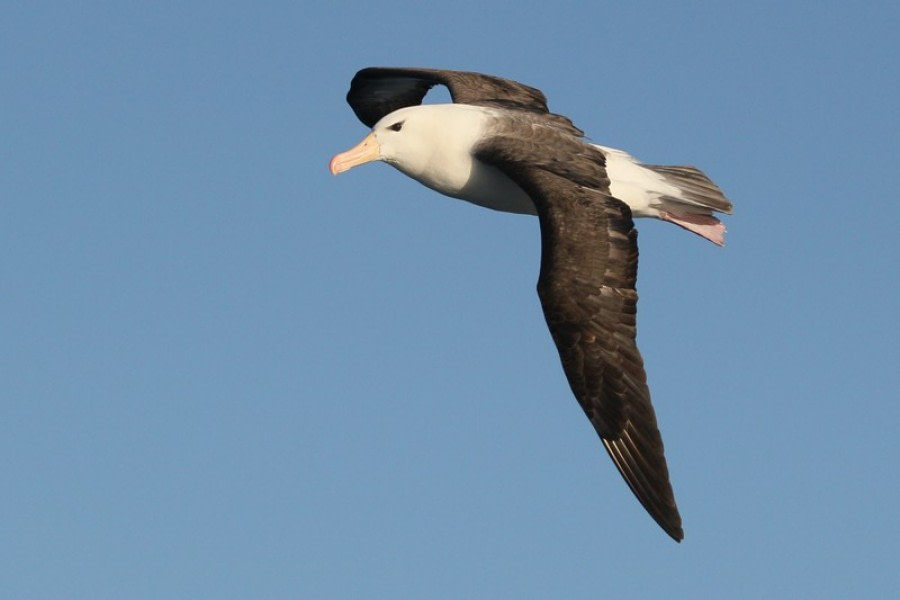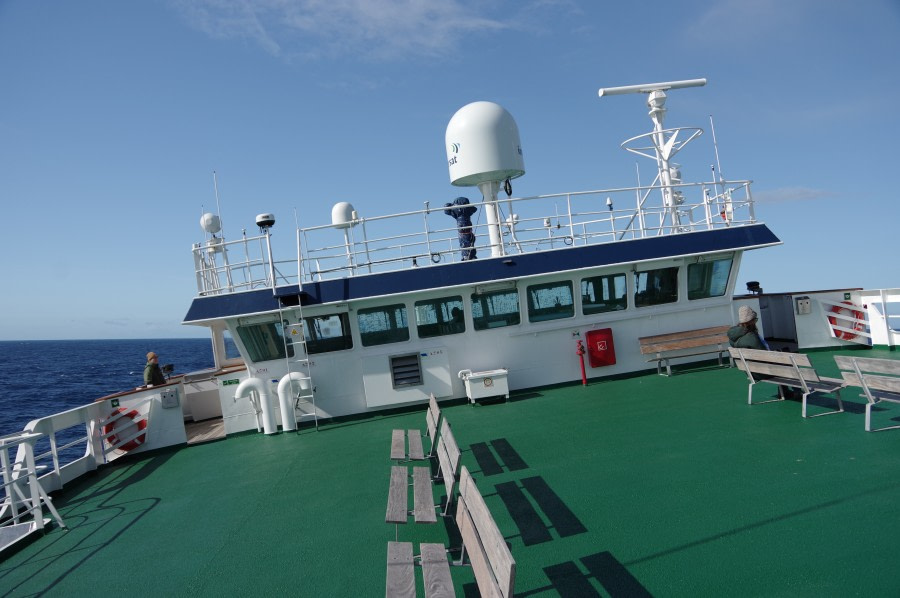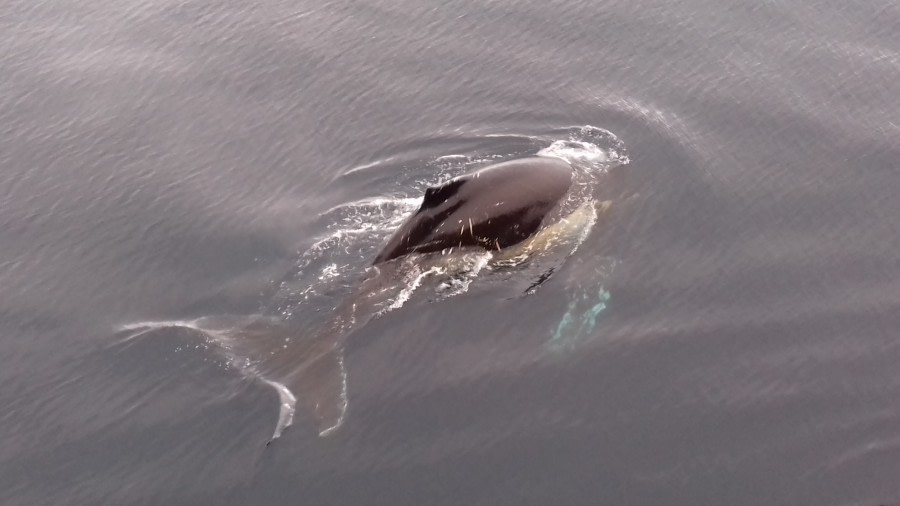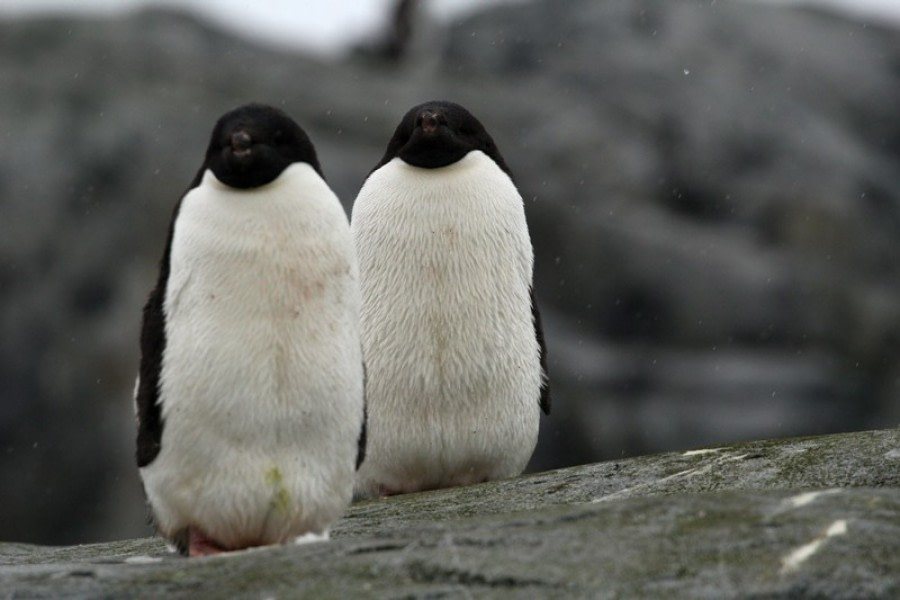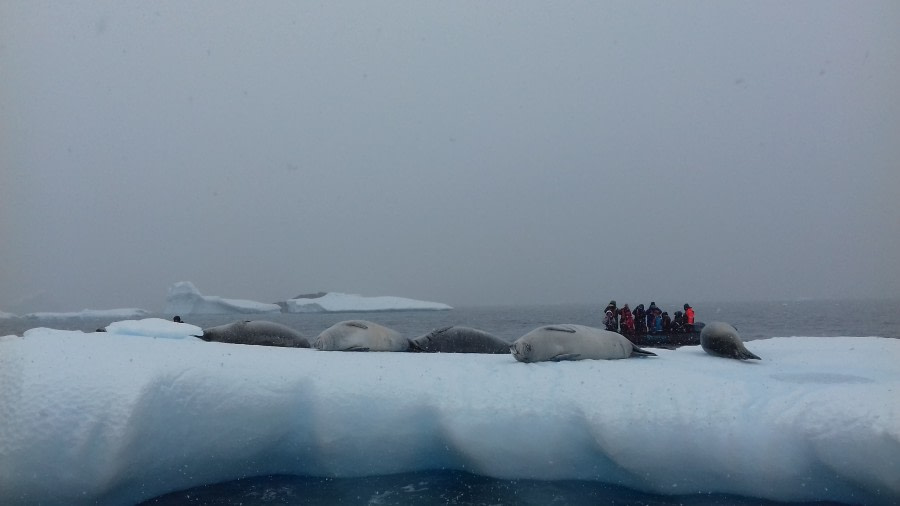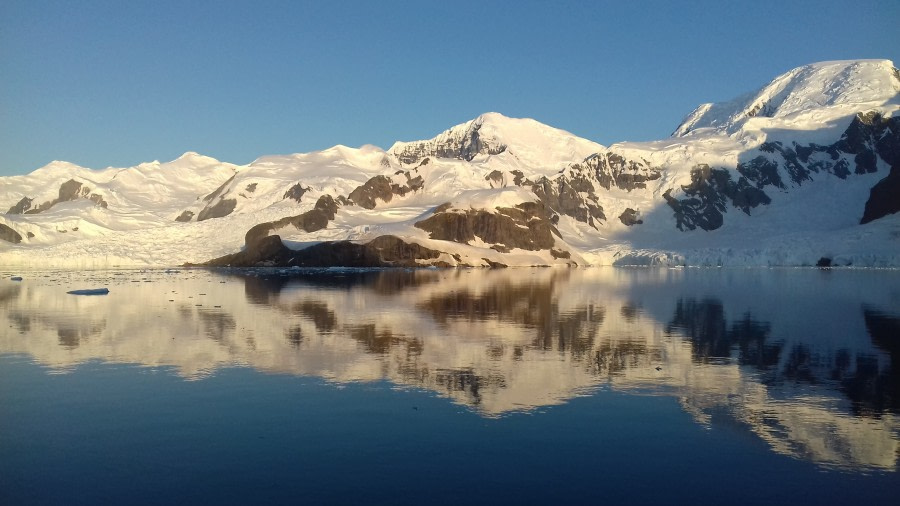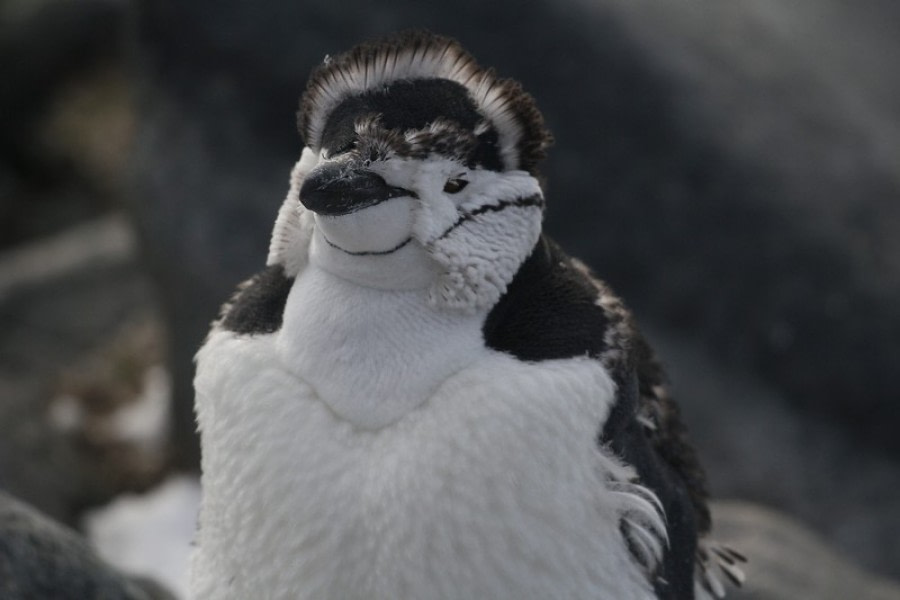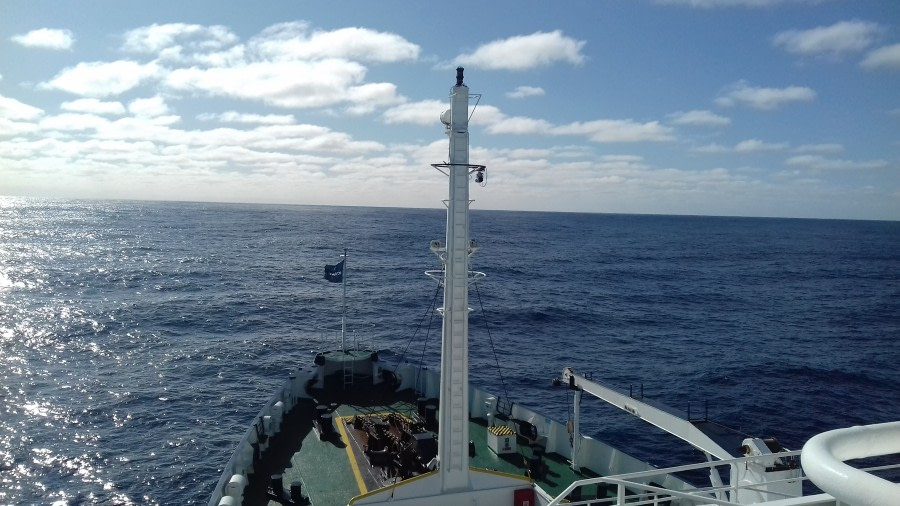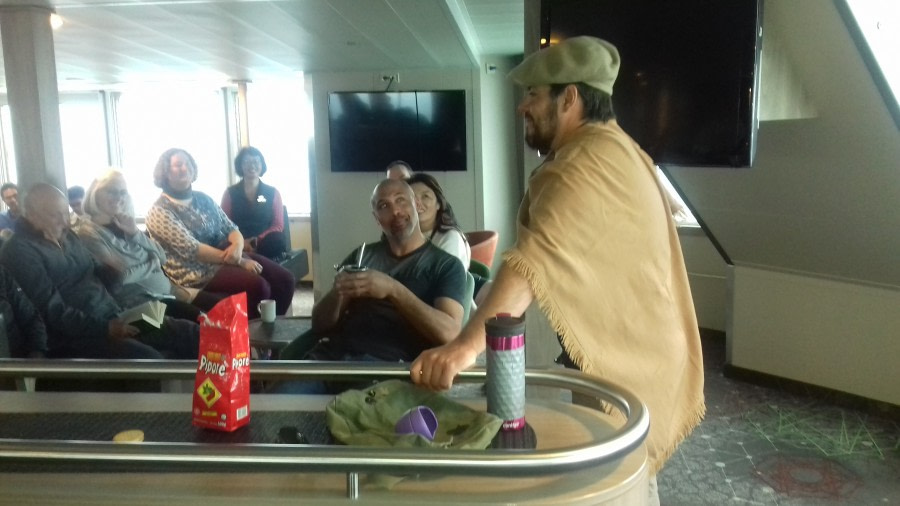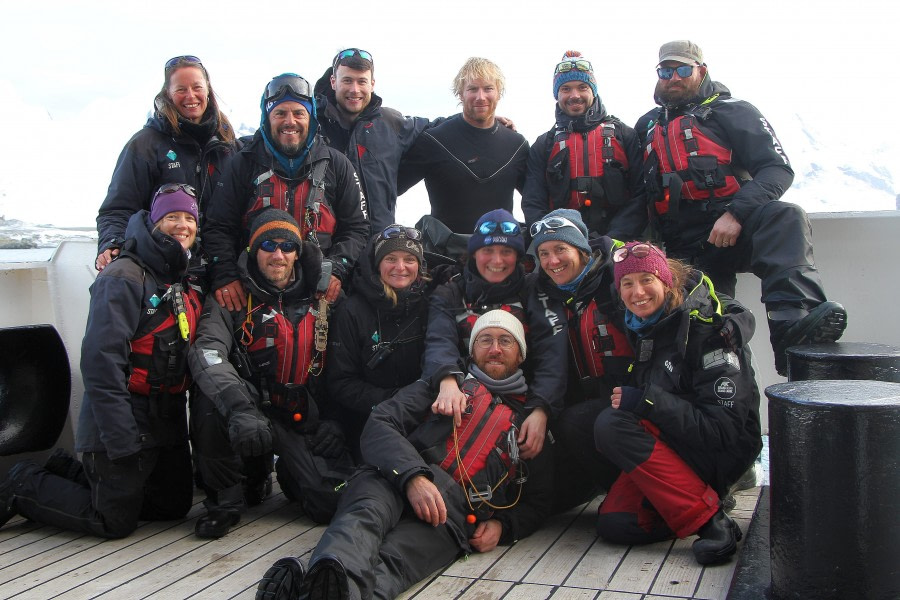| Datum: | 16.02.2020 |
| Position: | 54°53’S / 067°42’W |
| Wind: | Variable 1 |
| Wetter: | Partly cloudy |
| Lufttemperatur: | +7 |
So here we are at last in Tierra del Fuego, at the bottom of the world. Well, from Ushuaia we’ll be going south...a long way south. But for today, we ambled about this lovely Patagonian city, savouring the local flavours and enjoying the sights. Ushuaia marks the end of the road in Argentine Tierra del Fuego, but also the beginning – the beginning of a once-in-a-lifetime adventure. During the summer this rapidly growing frontier town of 55,000 bustles with adventurous travellers. The duty-free port flourishes with tourism but also thrives on a sizeable crab fishery and a burgeoning electronics industry. Ushuaia (literally “bay that penetrates to the west” in the indigenous Yaghan tongue) clearly benefits from its magnificent, yet remote, setting. The rugged spine of the South American Andes ends here, where two oceans meet. As could be expected from such an exposed setting, the weather has the habit of changing on a whim. However, temperatures during the long days of the austral summer are relatively mild, providing a final blanket of warmth before heading off on our adventures. For many of us this is the start of a lifelong dream. The excitement comes in different forms for each person, but even the most experienced of us must feel genuine excitement departing on a journey to the Great White Continent. Accordingly, most passengers arrived promptly at the port, ready to board the good ship MV Plancius, our home for this Antarctic adventure! We were greeted at the gangway by members of our Expedition Team and our ship’s doctor Claudio where everyone’s health survey was reviewed and temperatures screened in order to keep all passengers and crew secure regarding the Coronavirus risk. After clearing the screening, we proceeded up the gangway where we met Hotel and Restaurant Managers, Alex and Dragan, and to be directed to our cabins with the assistance of the fabulous hotel crew. Once everyone had been approved for boarding, we all gathered in the lounge on deck five to begin our safety briefing. First was a video, entertaining but also clearly showing us what was important to pay attention to on the ship for our safety. Then we met our First Officer Miia, who with the crew and staff led us through the details of the required SOLAS (Safety Of Life At Sea) Safety and Lifeboat Drill, including trying on our huge orange life jackets and walking to the lifeboat stations to become familiar with their locations. We then had some time to adjust to our cabins, explore the ship, and take in the striking scenery of Ushuaia’s mountainous backdrop before reconvening for our next briefing with Alex our Hotel Manager to learn more about our floating hotel/home for the next 11 days, and how life onboard will operate. This was followed by a few words from our Expedition Leader, Ali Liddle, and the rest of the Expedition Team who will guide us in Antarctica. Finally Ali introduced our Captain Evgeny who after some wise words of welcome, proposed a toast to our voyage. Our first dinner onboard was a chance to chat with other guests and be impressed by what Chef Charlotte and her galley team will be offering us during the voyage. Just as we were finishing our meals, the wind dropped enough to make it possible to depart the pier, and so the engines were started… and we were off! Cruising away from a beautiful backdrop of Beagle Channel mountains we headed out towards open water, the first nautical miles towards the incredible journey ahead of us. Bon Voyage!
